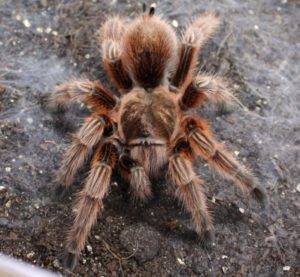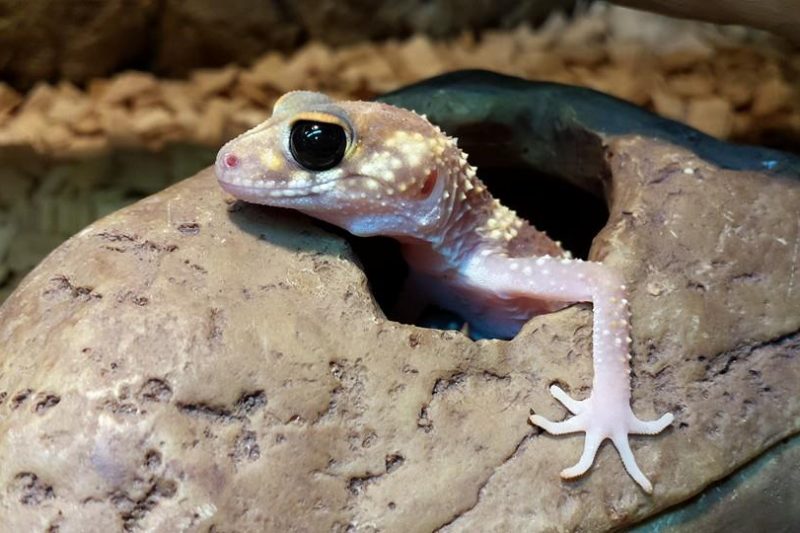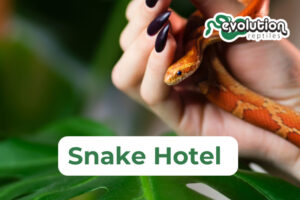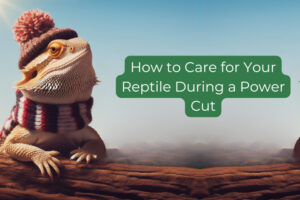
Tarantula care guide
Welcome to Evolution Reptiles’ guide to tarantula care! Whether you’re a seasoned arachnid enthusiast or just starting your journey into the fascinating world of these

Welcome to the first in an occasional series from the staff at Evolution Reptiles shop challenging the accepted wisdom of the old school reptile keepers!
We thought we’d tackle this one first as it’s such a pervasive opinion; check on any online forum and you will soon see this suggested as an answer to that most frustrating of questions: why won’t my snake feed?
Well, says old school opinion, it’s because your vivarium is too big. Make it smaller.
And sometimes this works, which then reinforces the opinion and we all go on our way none the wiser. But hang on a second – why does this work? To answer that, we have to examine the whole situation rather more closely.
If you give a lizard or snake (especially a baby) too much space it will become stressed, be unable to find its food – if it eats at all – and will very soon die. Reduce the size of the housing and the animal will feel more secure and will eat.
It’s all about security. Very few of the commonly kept pet reptiles are at the top of their respective food chains; they are all predated on by something. They have no idea that a predator won’t be along in a minute – they are pre-programmed by millions of years of evolution to be wary. So if they feel exposed they will be nervous and not want to exhibit relaxed behaviours, which includes eating.
Therein lies the key – as long as the animal feels secure, it will behave normally. Which includes eating.
It actually doesn’t matter how large the housing is. As long as you can give the inhabitant the correct temperature gradient and UV exposure, it can be as big as you like (and should be). After all, these animals are descended from wild ancestors whose homes were as large as the whole outdoors!
The key is security. The classic mistake is to buy an adult size enclosure and then to outfit it with adult size hides – especially for baby snakes this is a real no-no, as they cannot get hidden from the predators they think are just around the corner. So take your 48” vivarium, and fill it with hides. Small hides. Long hides. Piles of cork bark. Logs. Resin hides. artificial plants, bushes, silk plants. Can the snake creep from one side of the vivarium to the other without revealing itself? If not, then that’s what you should be aiming for. And the hides should be small enough that the snake can squeeze itself in and feel like it can’t be discovered or pulled out; the same is true of the shyer lizards, although your average bearded dragon baby is bold enough to just need plenty of floor space!
We have found this to be true time and time again, with royal pythons, corn snakes, various rat snakes, hognoses, woma pythons and more. It took us by surprise, to begin with; but the more we tried it, the more often we got the same results. Give them space, but give them security and they’ll feed every time.
It really works!
Related Products –

Welcome to Evolution Reptiles’ guide to tarantula care! Whether you’re a seasoned arachnid enthusiast or just starting your journey into the fascinating world of these

When planning a trip, ensuring your snake is well cared for can be a major concern. Evolution Reptiles Snake Hotel in Kidlington, Oxfordshire, offers a

How to Care for Your Reptile During a Power Cut Power cuts can be stressful, especially when you have a reptile that relies on a
Copyright 2021 Evolution Reptiles
All rights reserved.